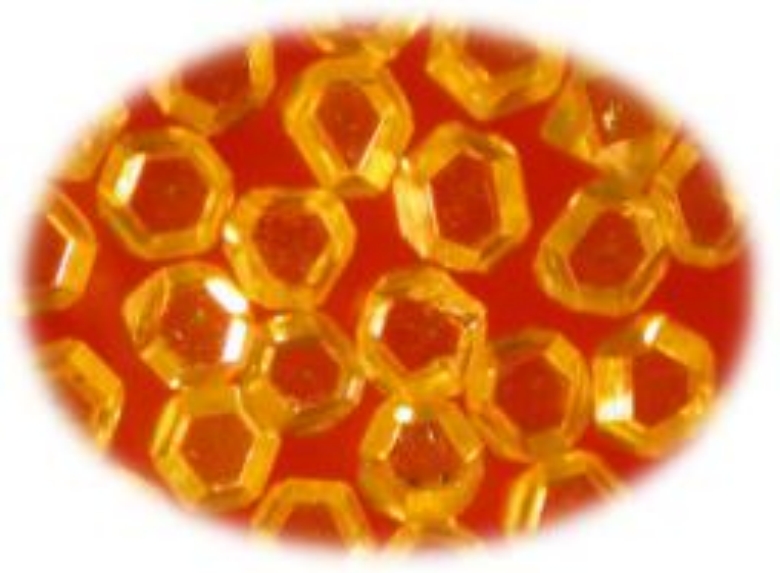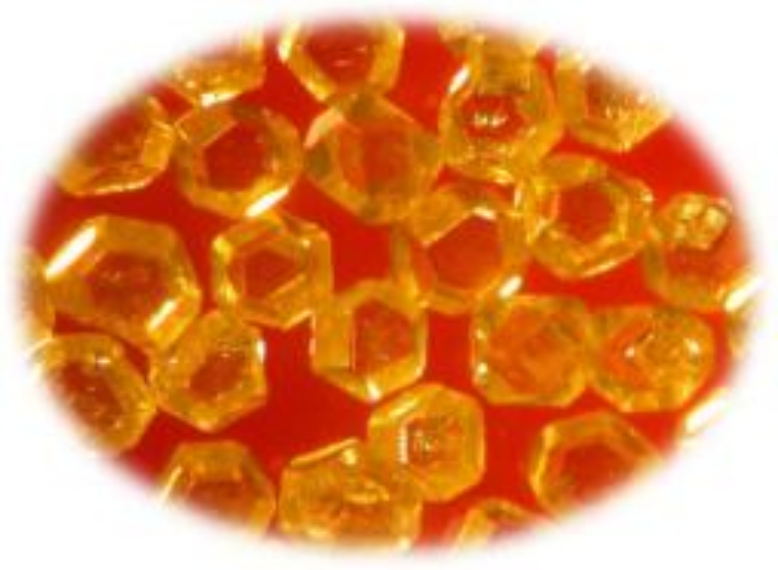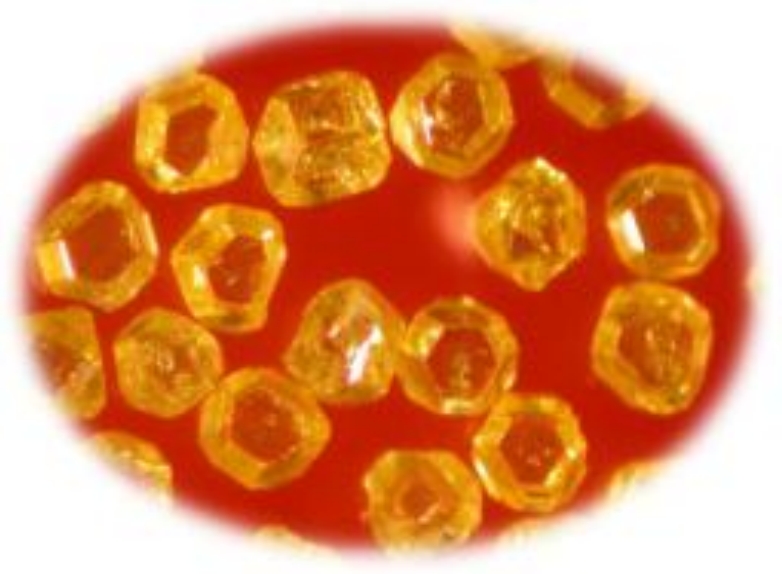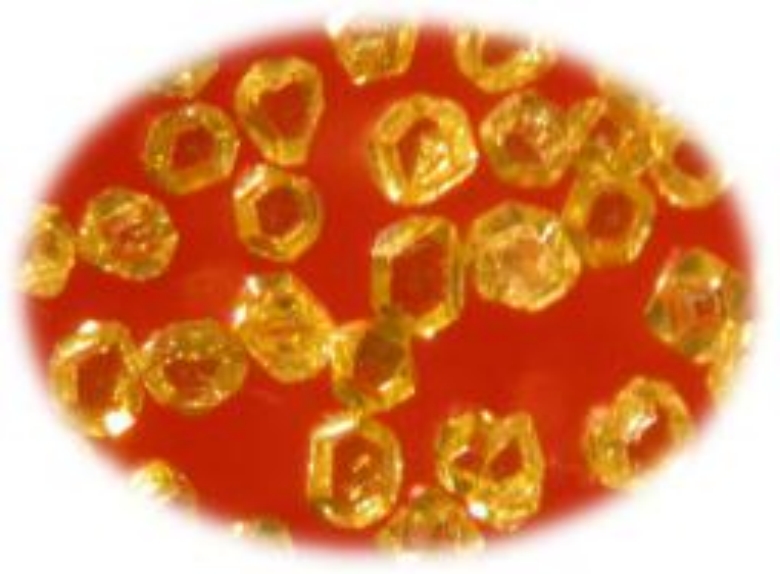 |
JSD80
Features:
Complete, regular hexoctahedral crystal structure with minimal impurities. Exhibits high static strength (Newton), impact toughness (TI), and thermal stability (TTI), providing excellent wear resistance.
Applications:
Ideal for high-intensity cutting, drilling, brazing, and electroplating tools. Commonly used for reinforced concrete, hard granite (F=15), high-hardness ceramics, and engineering drill bits.
|
 |
JSD70
Features:
Hexoctahedral crystal structure is relatively complete with minimal impurities. It offers relatively high static strength (Newton), impact toughness (TI), and thermal stability (TTI), delivering strong wear resistance.
Applications:
Designed for cutting, drilling, brazing, and electroplating tools used under high-intensity conditions. Suitable for machining concrete, hard granite (F=10), premium tiles, high-hardness refractory materials, heavy-duty grinding, and medium-to-high-load electroplating brazing tools.
|
 |
JSD60
Features:
Hexoctahedral crystal structure is relatively complete with few impurities. Exhibits moderate static strength (Newton), impact toughness (TI), and thermal stability (TTI), offering a balanced combination of wear resistance and sharpness.
Applications:
Ideal for high-speed cutting and drilling under medium-intensity conditions, such as processing non-reinforced cement pavement, hard marble, low-hardness granite (F=8), large volumes of building materials, refractory materials, and non-ferrous metals. Also suitable for heavy-duty grinding tools and medium-load electroplating brazing tools.
|
 |
JSD40
Features:
Crystals exhibit 90-95% regular structure with moderate impurity levels. The material shows relatively low static strength (Newton), impact toughness (TI), and thermal stability (TTI). It delivers average wear resistance along with outstanding sharpness.
Applications:
Ideal for high-speed cutting and drilling in low-intensity working conditions, including small-diameter free-cutting drilling tools. Also suitable for medium-to-low-load grinding tools and low-load electroplating tools.
|
 |
JSD30
Features:
About 85% of the crystals have a regular structure, containing more impurities than JSD40. It has relatively low static strength (Newton), impact toughness (TI), and thermal stability (TTI). Although its wear resistance is limited, it offers outstanding sharpness.
Applications:
Well-suited for small-diameter free-cutting and drilling tools requiring superior sharpness, ideal for cutting and drilling brittle materials like gemstones, jade, and crystal. Also used for small-scale processing of stone, glass, and tiles, as well as in medium-to-low-load grinding tools and low-load electroplating tools.
|
 |
JSD20
Features:
Approximately 70% regular crystal structure with relatively high impurity content and a rough surface. Exhibits low static strength (Newton), impact toughness (TI), and thermal stability (TTI). Wear resistance is limited, but the material offers exceptional sharpness.
Applications:
Ideal for small-diameter cutting and drilling tools requiring superior sharpness, medium to high-load ceramic-bonded tools, low-load metal-bonded grinding tools, and ultra-sharp electroplated tools. Suitable for machining hard alloys, magnetic materials, glass, tiles, crystals, gemstones, and other brittle materials. Often blended with premium diamonds to optimize tool sharpness.
|
 |
JSD10
Features:
Contains about 50% regular crystal structure with high impurity levels and a rough surface. Exhibits very low static strength (Newton), impact toughness (TI), and thermal stability (TTI). Despite poor wear resistance, it has extremely high sharpness and excellent self-sharpening capability.
Applications:
Suitable for medium to high-load resin-bonded tools, medium to low-load ceramic-bonded tools, low-load metal-bonded grinding tools, and ultra-sharp electroplated tools. Commonly used for processing hard alloys, magnetic materials, glass, tiles, crystals, gemstones, and other brittle substances. Often combined with premium diamonds to fine-tune tool sharpness.
|












